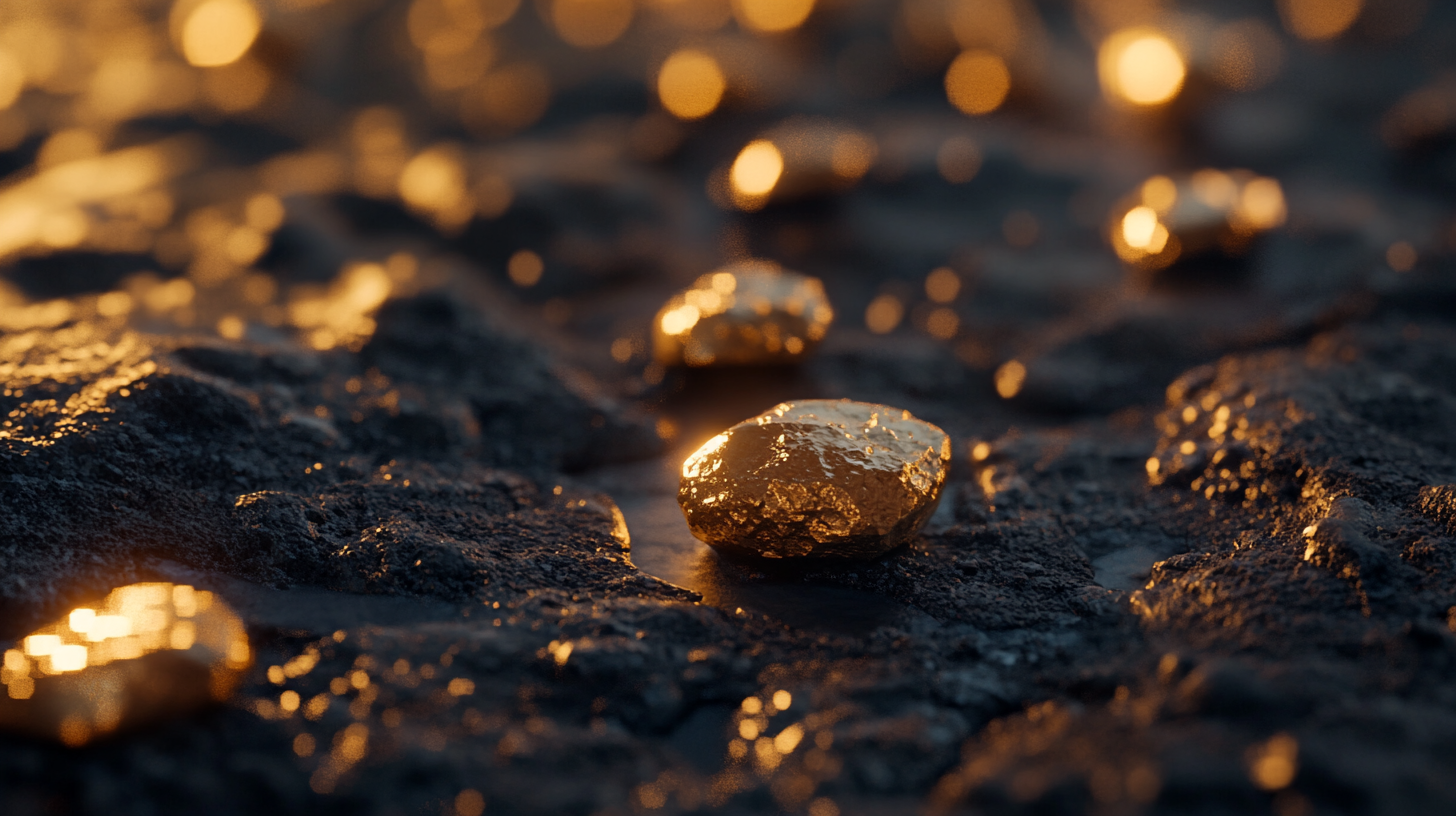Researchers have unveiled a novel crystalline carbon-nitride membrane that promises to revolutionize how we obtain this crucial element from salt lakes, potentially addressing the growing global demand for lithium in a more efficient and sustainable manner.
The Power of Biomimicry
At the heart of this innovation lies a design inspired by nature itself. The new membrane mimics biological ion channels, demonstrating an impressive ability to separate lithium ions from magnesium ions in salt-lake brine. This biomimetic approach has resulted in a membrane with remarkable efficiency and durability, outperforming traditional polymer membranes used in lithium extraction.
A Unique Structural Composition
What sets this membrane apart is its ingenious combination of crystalline and amorphous forms of polymer carbon nitride. This hybrid structure creates a network of uniform, narrow pores that can effectively exclude larger hydrated magnesium ions while allowing lithium ions to pass through smoothly. The process mirrors the barrier-free ion transport observed in natural ion channels, showcasing the power of biomimicry in technological advancements.
Unprecedented Selectivity
The membrane's performance metrics are nothing short of extraordinary. It boasts a selectivity ratio of 1,708 for extracting highly dilute lithium ions from concentrated magnesium ions. To put this into perspective, after 24 hours of permeation in a one-liter solution, the lithium-ion content is 1,708 times that of magnesium ions. This level of selectivity is crucial for addressing the high magnesium content often found in lithium sources, a persistent challenge in the industry.
Extraction Efficiency
Conventional methods of obtaining dilute lithium solutions involve cumbersome processes of multiple dilutions. The new membrane technology streamlines this process significantly, offering a more direct and efficient path to lithium extraction. This advancement could lead to substantial improvements in the economics and sustainability of lithium production, a critical factor as the world transitions towards electric vehicles and renewable energy storage solutions.
Beyond Lithium: A Versatile Technology
While the primary focus is on lithium extraction, the potential applications of this membrane technology extend far beyond. Researchers envision its use in seawater desalination, wastewater treatment, and gas separation. The membrane's unique properties also make it a promising candidate for energy conversion applications, such as salinity energy harvesting. Perhaps most intriguingly, it may find applications in nano-confined catalysis, leveraging the nano-channel and photo-responsive properties of crystalline carbon nitride.
Challenges and Future Prospects
Despite its promising performance, the journey from laboratory success to industrial application is not without challenges. Researchers acknowledge the need for developing cost-effective strategies for scalable membrane production to handle the large brine volumes associated with industrial-scale operations. The focus now shifts to optimizing the manufacturing process and exploring ways to integrate this technology into existing lithium extraction infrastructures.
A Sustainable Future
As the global community grapples with the challenges of climate change and resource scarcity, innovations like this crystalline carbon-nitride membrane offer a glimpse into a more sustainable future. By potentially reducing the environmental impact of lithium extraction and improving efficiency, this technology could play a crucial role in supporting the transition to clean energy and electric mobility.
Conclusion
The development of this advanced membrane technology marks a significant milestone in the field of materials science and resource extraction. As research continues and the technology is refined for large-scale application, we may be witnessing the dawn of a new era in lithium production. This breakthrough not only promises to revolutionize the lithium industry but also opens up exciting possibilities for addressing other global challenges in water treatment, energy production, and chemical processing. As we move forward, it's clear that such innovations will be key in meeting the growing demands of our technology-driven world while striving for more sustainable industrial processes.







